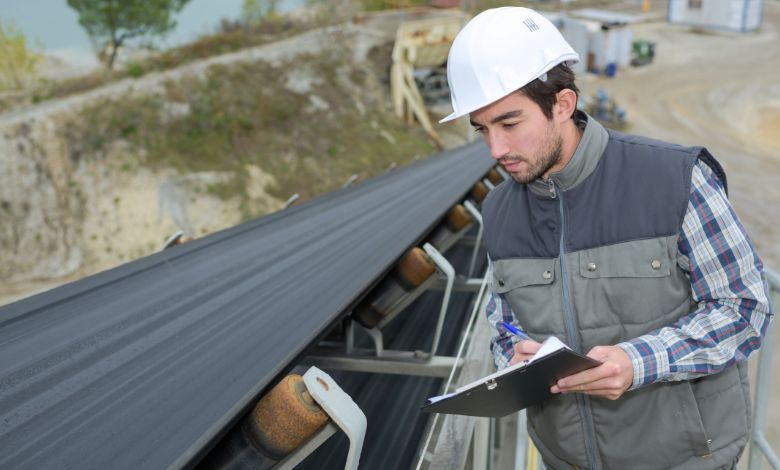
Conveyor Belt Issues That Impact Efficiency
In the bustling world of manufacturing and production, conveyor belts are the unsung heroes, tirelessly moving goods from one point to another and ensuring operations run smoothly. However, like any other piece of machinery, conveyor belts aren’t immune to issues and inefficiencies. Seemingly minor problems can quickly escalate, leading to decreased productivity, increased downtime, and a significant hit to your bottom line. Delve into the common conveyor belt issues that impact efficiency, and learn how to address them effectively.
Poor Belt Tension
Proper tension is vital for the efficient operation of a conveyor belt system. However, poor belt tension can significantly hamper productivity. Over-tensioning can lead to unnecessary stress on the belt, bearings, and other components, resulting in premature wear and tear. On the other hand, under-tensioning may cause the belt to slip or not grip the load correctly, leading to inefficiencies. Regularly checking the tension on your conveyor belt and adjusting it as needed can help ensure smooth operations and extend the life of your conveyor system.
Belt Misalignment
Misalignment is another common conveyor belt issue that can impact the efficiency of your business. It occurs when the belt is off-center relative to the structure of the conveyor, causing it to move to one side or the other. This can result in uneven wear, damage to the belt edges, and even potential belt failure. Factors like improper installation, uneven loads, and worn components can contribute to belt misalignment. Regular inspections and proactive maintenance are crucial in identifying and rectifying misalignment issues before they escalate.
Blockages
Blockages can impact a conveyor system in a variety of ways. They can occur when transported materials get stuck on the belt, within the conveyor structure, or at the transfer points. This disrupts the flow of operations and can cause damage to the belt and other system components. Over time, this can lead to increased downtime and maintenance costs. Implementing regular cleaning schedules and using appropriate belt types for specific materials can help prevent blockages, ensuring uninterrupted and efficient operations.
Belt Slippage
Belt slippage typically occurs when the belt and the drive pulley don’t grip together effectively, causing the belt to slide and disrupt the conveyor’s functioning. This can result from various factors, such as poor belt tension, worn-out lagging, an excessive load, or an unsuitable belt type. Besides causing operational inefficiency, belt slippage can also lead to premature belt wear, increased energy consumption, and potential safety hazards. Regular maintenance checks and the use of anti-slip surfaces can be instrumental in preventing belt slippage, thereby ensuring a more efficient and safer conveyor operation.






